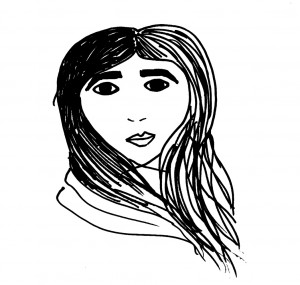Week 10: The Veil

One of the starkest visual markers of the Islamic faith and also a typical heuristic in the West for repression and religious piety is the veil. The veil has become representative of so many different things: Muslim identity, modesty, a way for a man to distinguish his wives (according to certain interpretations of Surah 33.59), chastity (Surah 24: 30-31), religious practice, radicalism, repression, and the list goes on. This is because the veil has been taken out of its original religious context and has become politicized. The veiling and unveiling of women has become a political act and women become objects of reform. For example, as discussed in class, the President of Tunisia Habib Bourguiba, although initially opposed to unveiling of women, ordered the unveiling of women in Tunisia because he believed it was a symbol of liberation and the modern state, and likely because he was trying to gain key political alliances with western nations that fundamentally misunderstood Muslim practices and saw veiling as a backwards and religiously ultra-conservative act.
However, the veiling of women is not for the government to decide – it is a personal religious choice of every Muslim woman. This is the idea that I try to convey with my artwork. The drawing is of a woman with one half of her head veiled and the other unveiled. I purposely made the veiled and hair difficult to distinguish from one another to imply that veiled or not, the identity of this woman is the same and it is her own. In other words, the veil or lack thereof does not make the woman.